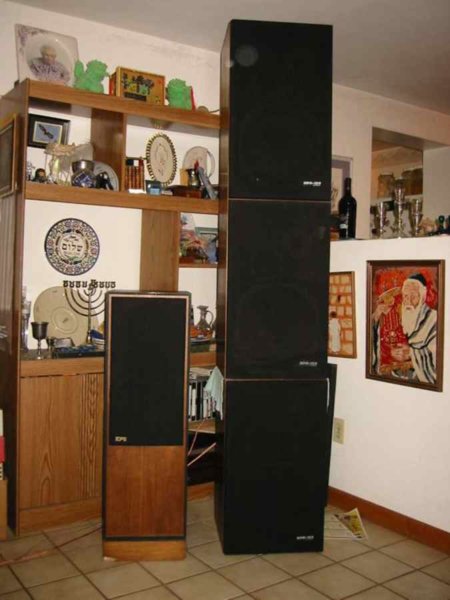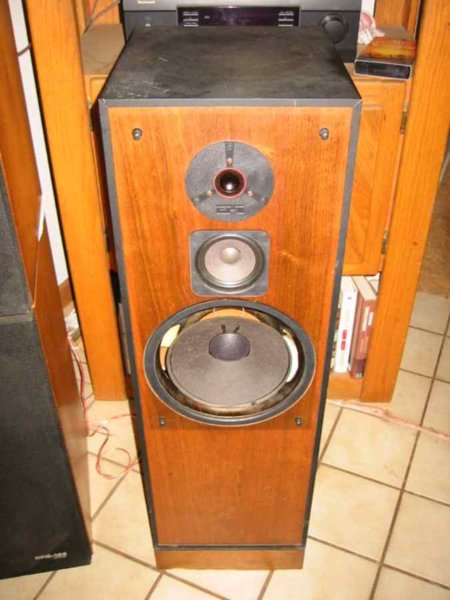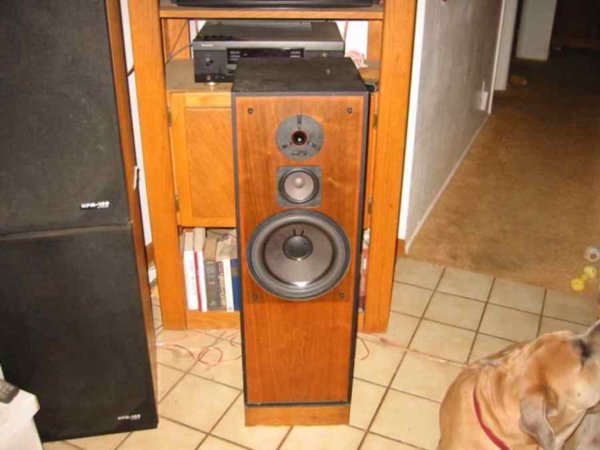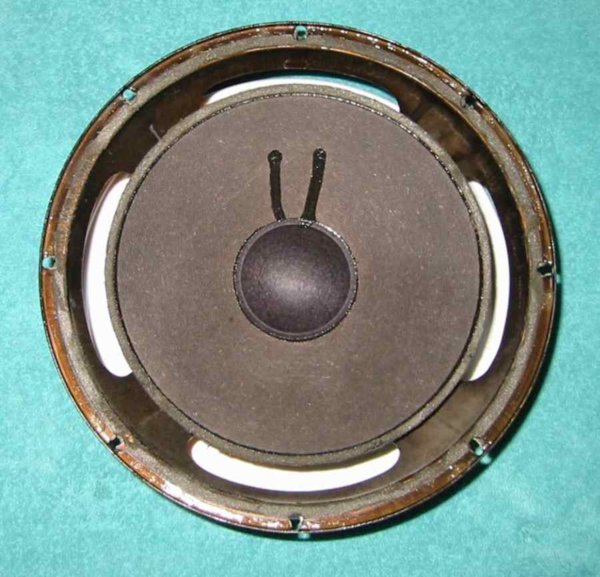pustelniakr
Silver Miner at Large
Introduction
Most vintage speakers used foam rubber surrounds for the outer suspension on the driver cones. Over time, this rubber suffers in the same way as most rubber, manifesting a sort of dry rot. Ozone in the atmosphere is not kind to rubber (belts, drive tires, speaker surrounds, etc.). Frequently, speaker owners simply discard the damaged speakers, or put them up for sale at very affordable prices. For example, I picked up the speakers I will use for instruction at a thrift store for $12 for the pair. This was actually my very first re-foam job, and I have done many since then. I even picked up a pair of AR9s for a song, for the same reason.
If you are careful and patient, you can do your own re-foaming, like I do. This thread is intended to show you how it is done.
Enjoy,
Rich P
Most vintage speakers used foam rubber surrounds for the outer suspension on the driver cones. Over time, this rubber suffers in the same way as most rubber, manifesting a sort of dry rot. Ozone in the atmosphere is not kind to rubber (belts, drive tires, speaker surrounds, etc.). Frequently, speaker owners simply discard the damaged speakers, or put them up for sale at very affordable prices. For example, I picked up the speakers I will use for instruction at a thrift store for $12 for the pair. This was actually my very first re-foam job, and I have done many since then. I even picked up a pair of AR9s for a song, for the same reason.
If you are careful and patient, you can do your own re-foaming, like I do. This thread is intended to show you how it is done.
Enjoy,
Rich P
Last edited:















